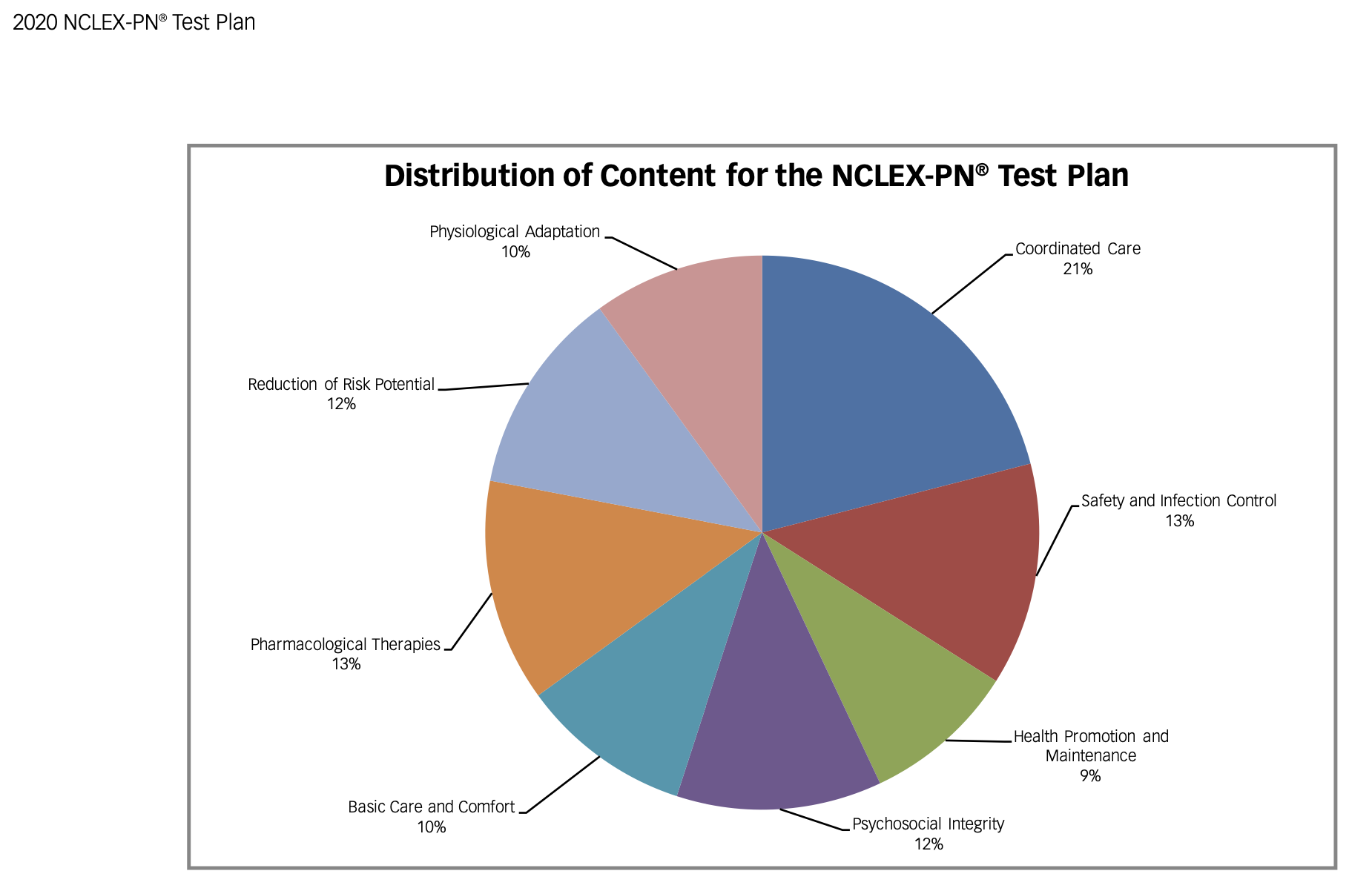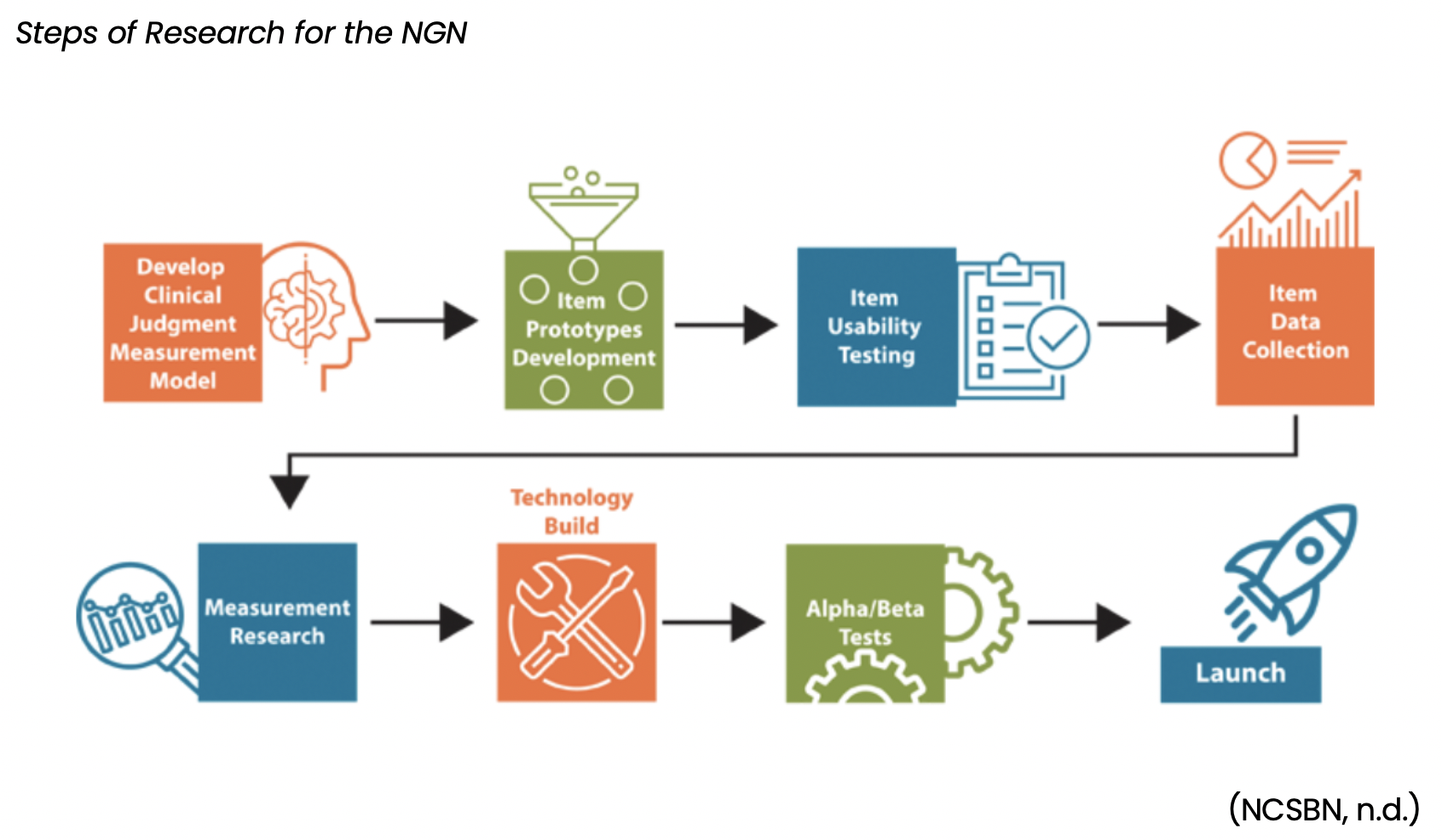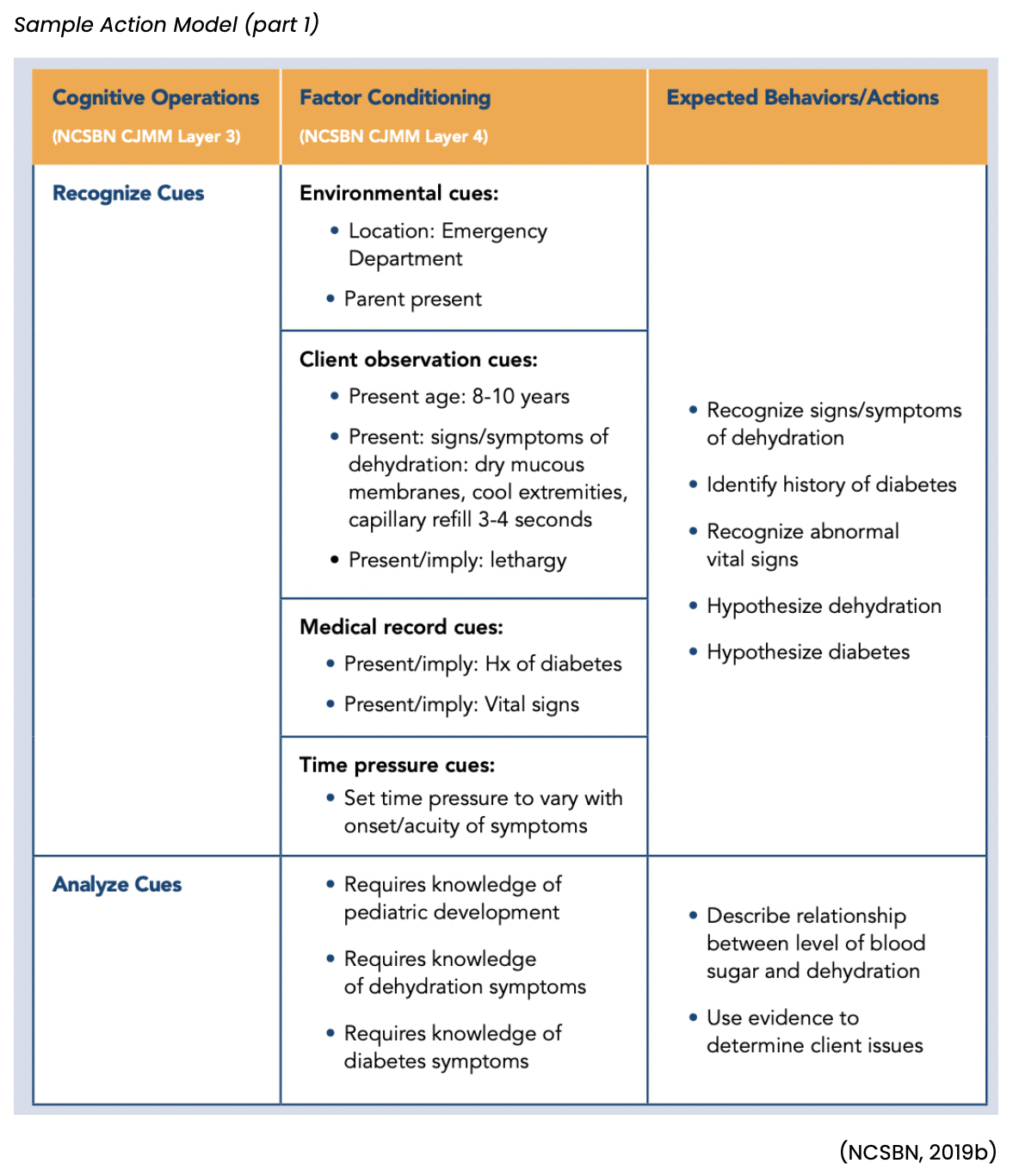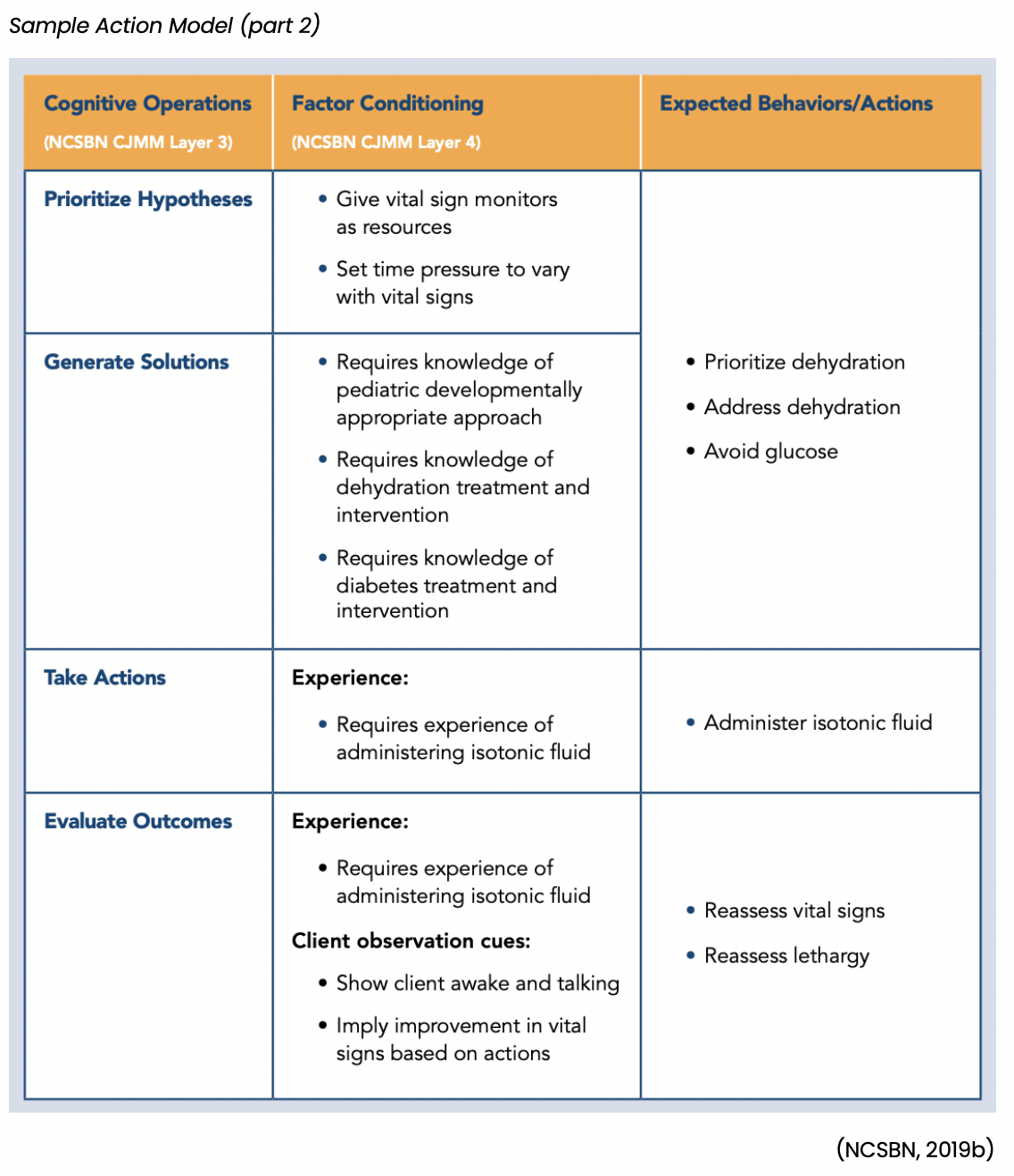About this course:
The purpose of this activity is to explore the upcoming changes to the National Council Licensure Examination (NCLEX) for LPNs and RNs and the implications of these changes for nurse educators and nursing programs.
Course preview
Next Generation NCLEX: What do I need to know?
The purpose of this activity is to explore the upcoming changes to the National Council Licensure Examination (NCLEX) for LPNs and RNs and the implications of these changes for nurse educators and nursing programs.
Upon completion of this module, the learner should be able to:
- Identify the purpose and current standards of the NCLEX for LPNs and RNs.
- Determine the upcoming changes that will occur with Next Generation NCLEX (NGN).
- Consider the implications for nursing programs and nurse educators with NGN.
- Explore new types of test items that will be used on the NGN.
Since 1994, students who successfully complete an approved nursing program in the US are eligible to sit for the national licensing examination to become a Registered Nurse (RN) or a Licensed Practical Nurse (LPN). The test is developed by the National Council of State Boards of Nursing (NCSBN) and is designed to test for minimum knowledge, skills, and abilities of the nurse entering practice in order to deliver safe and effective care to the patient (NCSBN, 2019a).
Current NCLEX Testing Standards
The LPN and RN must successfully pass the computerized adaptive test (CAT) that is administered at a Pearson Professional Testing Center in order to practice and receive a nursing license within their state. Testing centers are located within each state across the US. CAT testing selects questions based on answers given to previous questions, and individuals are scored by their ability to critically think through the questions as they consider hypothetical decisions that are made during nursing care. Changes and updates are frequently made to the NCLEX based on surveys that are sent to recently licensed nurses about nursing activities that appear on the NCLEX as well as analyzing current trends and practices within nursing. The surveys and analyses occur every three years, and changes are made accordingly (NCSBN, 2019a).
The NCLEX-RN is the version of the test used to license RNs, and is based on the following four categories of client needs (see Figure 1):
1. Safe and effective care environment
- Management of care
- Safety and infection control
2. Health promotion and maintenance
3. Psychosocial integrity
4. Physiological integrity
- Basic care and comfort
- Pharmacological and parenteral therapies
- Reduction of risk potential
- Physiological adaptation(NCSBN, 2019a)
Figure 1

As of 2019, the test ranges from 75-265 examination items, and 15 are considered "pretest" items that are not scored. These items are pilot questions that are administered for reliability and validity data as future exam items. The total time allowed for the examination is six hours, regardless of the number of questions given. The time allotted includes all breaks, tutorials for directions on the exam, sample items, and exam completion. The exact time of the test for each individual is based on how they answer the questions and their pattern of correct and incorrect responses. Typically, one to two minutes are spent on each exam item. Each individual is given an exam based on the test plan outlined on the NCSBN's website. The opportunity to demonstrate competency and ability is afforded to each individual through the exam. The passing standard is re-evaluated every three years, along with the exam items. The criterion is based on the minimum level that can be set for nurses to deliver safe and effective care upon entry to practice. This determination is done through surveys sent out to educators and employers, the historical record of the passing standards with candidate performance related to the standards, and oversight by psychometricians to determine the reliability of the standard-setting practice by the NCSBN (NCSBN, 2019a).
Scoring with CAT is different from traditional examinations that apply the same number of exam items to each individual. This type of testing can produce exam results that are more precise and efficient since they are targeted to the individual candidate's capability. Traditional tests ask high-ability test takers to answer all questions, even the ones that are too simple for them; low-ability students are asked to guess at questions that are too advanced for them. The traditional type of testing is not as reliable under these circumstances. The computer determines the ability of the candidate in relation to the passing standard. With each question answered, the computer re-estimates their ability, and with each question that is answered correctly, the estimation of the individual's ability is more precise. Each item that is delivered to the individual is based on three criteria:
- Item content that matches the overall test plan percentages.
- Item is chosen that will match the candidate’s ability.
- Items are excluded that have been given previously with repeat candidates (NCSBN, 2019a).
Passing and failing is determined through one of three scenarios:
- The 95% Confidence Interval Rule, which states that the computer will shut off if it is 95% certain the candidate is clearly above or below the passing standard.
- The maximum length of the exam which states that the computer has administered the maximum number of test items. The 95% Confidence Interval Rule will be disregarded, and only the final ability estimate will apply. If their final ability estimate is above the passing standard, they will pass; if their final ability estimate is below the passing standard, they will fail.
- The run-out-of-time rule (ROOT) states that if an individual runs out of time before they get the number of items required for the computer to determine with 95% certainty whether they have passed or failed, an alternative criterion is applied. If they have not answered the minimum number of required items by the time they run out of time, they fail. If they have answered the correct number of items during the time, then only the last 60 ability questions are used to determine passing or failing (NCSBN, 2019a).
A majority of items on the NCLEX are multiple-choice, priority type questions. There are also multiple response, fill-in-the-blank, calculations, hot spots, ordered response, audio and graphics, and exhibit questions. Any type of exam item may include multi-media, charts, tables, graphics, or audio. There is no partial credit for any type of test question, including the select all that apply (multiple response) questions. The individual must answer each question with complete accuracy regardless of the exam item style to receive credit (NCSBN, 2019a).
The NCLEX examination is meticulous with security and confidentiality and requires that a student who leaves the testing center must maintain those standards. Disclosure of exam items before, during, or after the examination can lead to a denial or loss of licensure, civil liability, or disciplinary actions by the licensing agency. The current test plan will remain in use through March 31, 2022. As the NGN is not expected before March of 2023, an updated short-term test plan may be implemented for 2022-2023, but at this time, the NCSBN has not specified how it will handle this one-year gap between test plans (NCSBN, 2019a).
The NCLEX PN is the licensure exam designed for LPNs. It went into effect in April 2017 and will apply through March 31, 2020, with updates going into effect in April 2020 (See Figure 2 below). The 2020 updates will run through March 31, 2023, when the NGN will be implemented. The test is based on four categories of client needs:
1.Safe and effective care environment
- Coordinated care
- Safety and infection control
...purchase below to continue the course




